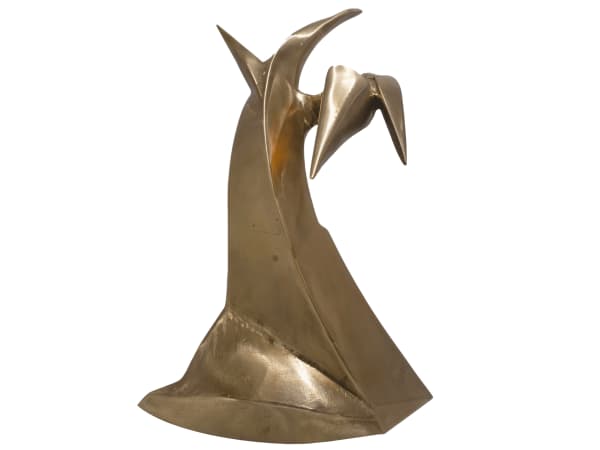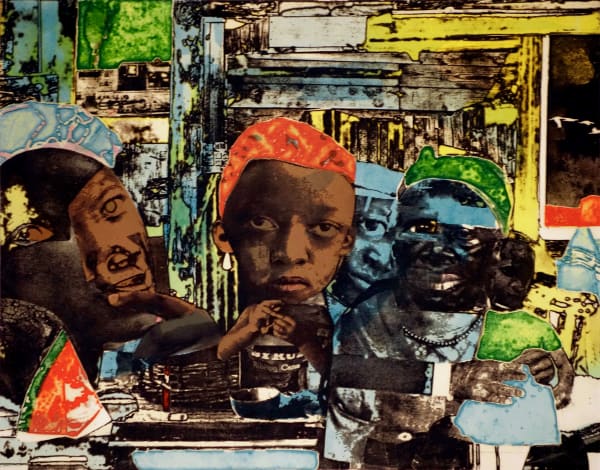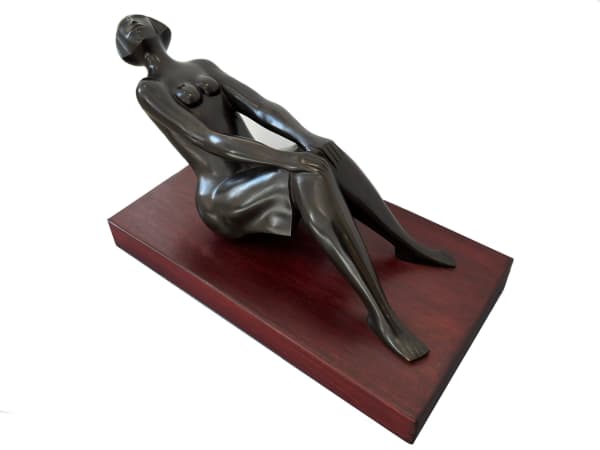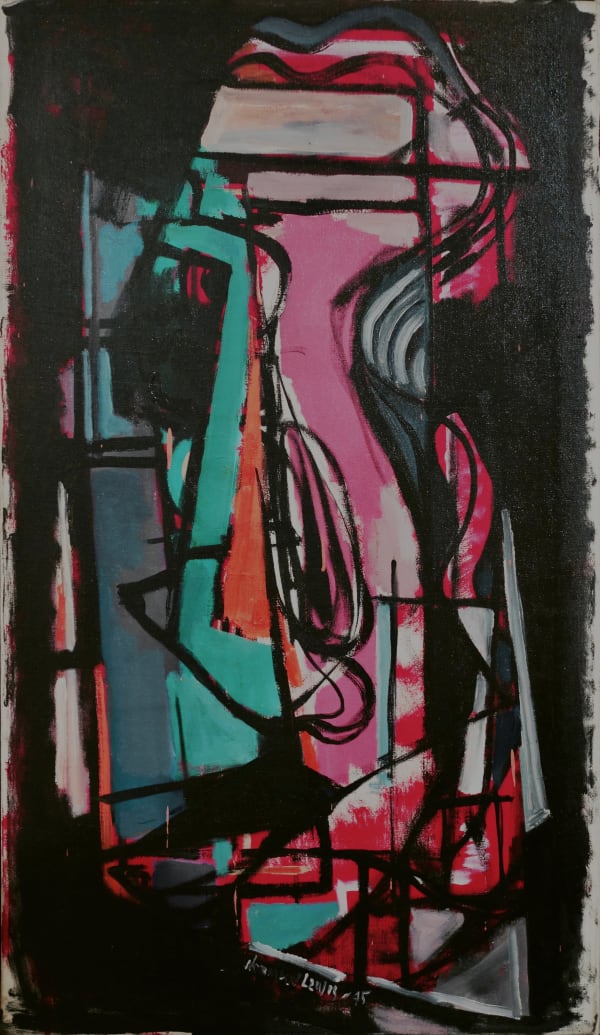-
 Charles Ethan Porter, Still Life with Pineapple, Jar and Apples, ca. 1870s
Charles Ethan Porter, Still Life with Pineapple, Jar and Apples, ca. 1870s -
 William Edouard Scott, On the Pier, ca. 1940
William Edouard Scott, On the Pier, ca. 1940 -
 Pablo Picasso, Nu Couche et Homme Ecrivant (sleeping Nude and Man Writing), 15 August 1969
Pablo Picasso, Nu Couche et Homme Ecrivant (sleeping Nude and Man Writing), 15 August 1969 -
 Richard Hunt, Model for Flight Forms, 2003
Richard Hunt, Model for Flight Forms, 2003
-
 Charles White, Nude, 1965
Charles White, Nude, 1965 -
 Howardena Pindell, Waterfall (Gihon River), 1998 Sold
Howardena Pindell, Waterfall (Gihon River), 1998 Sold -
 Robert Colescott, Ladies in Waiting, 1986
Robert Colescott, Ladies in Waiting, 1986 -
 Richmond Barthe, Quo Vadis, ca. 1951 Sold
Richmond Barthe, Quo Vadis, ca. 1951 Sold
-
 Romare Bearden, The Train, 1974
Romare Bearden, The Train, 1974 -
 Beauford Delaney, Untitled, 1964-65
Beauford Delaney, Untitled, 1964-65 -
 Elizabeth Catlett, Mahalia, 2002
Elizabeth Catlett, Mahalia, 2002 -
 Norman Lewis, Title Unknown, 1945
Norman Lewis, Title Unknown, 1945




















